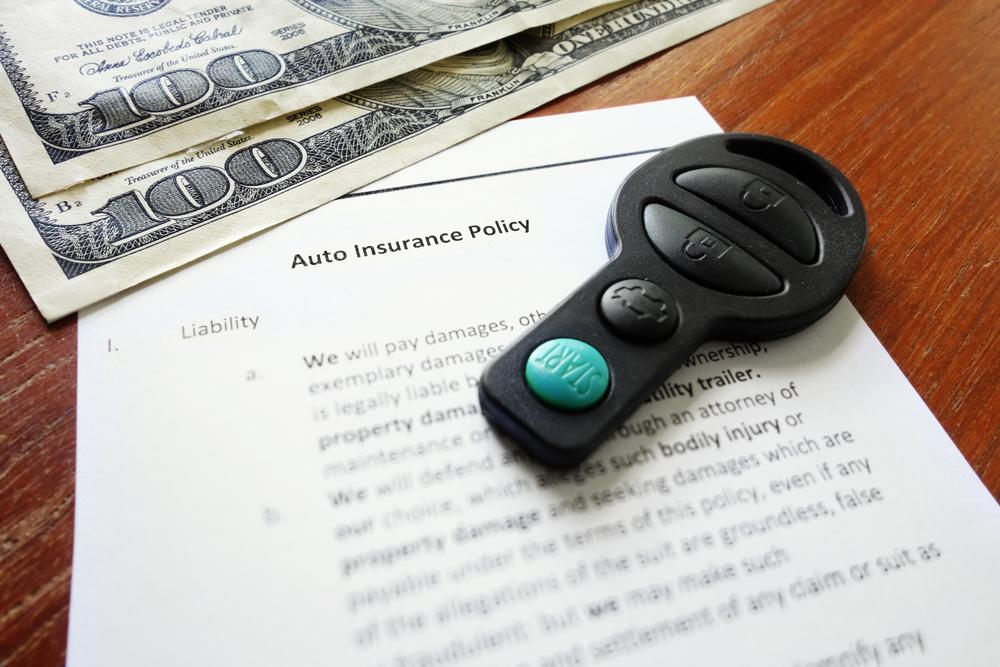Top Four U.S. States with the Highest Auto Insurance Expenses in 2024
Learn about the four U.S. states with the highest auto insurance premiums, exploring factors like urban density, insurance laws, vehicle theft, and fraud that contribute to elevated costs. Discover how legal and regional factors impact drivers' insurance expenses across New York, Michigan, Connecticut, and Florida, and what residents can do to manage these high costs.

Understanding the States with the Highest Auto Insurance Premiums in America
If you notice that your car insurance payments are consistently high, even with a clean driving record, the location where you live might be a significant factor influencing your premiums. The cost of auto insurance varies widely across the United States, driven by regional risk factors, legal frameworks, frequency of claims, and criminal activity related to vehicles. Certain states stand out for their notably high auto insurance costs, which can be attributed to factors such as elevated vehicle theft rates, high incidence of fraud, dense urbanization, and the specific insurance laws adopted by each state.
Understanding these high-cost regions can help drivers better navigate their options, consider mitigating factors, or prepare for higher financial commitments related to car ownership. Here, we explore the four states in the U.S. where auto insurance premiums are the most substantial, examining their unique characteristics and the reasons behind these elevated costs.
1. New York
New York consistently ranks as one of the states with the highest auto insurance premiums in the country. Residents in both its bustling urban centers like New York City, as well as in smaller cities and rural areas such as Buffalo and Yonkers, often pay annual premiums that exceed $2,500. In many cases, rates come close to or surpass $3,000 annually. Several factors contribute to these high costs, including the high density of vehicles and pedestrians, increased likelihood of accidents, and the prevalence of insurance claims stemming from personal injuries.
Additionally, New York's legal environment plays a role. The state has stringent regulations and legal procedures that impact settlement amounts and claim processes, often leading to higher insurance pools. The risk of bodily injury claims being filed is elevated due to the urban environment, with busy streets and congestion increasing the chance of collisions.
One notable factor is how proximity influences premiums: drivers in neighboring states like New Jersey face higher rates partly because of their closeness to the New York metropolitan area, which is one of the most accident-prone and litigious regions nationally.
2. Michigan
While Michigan is renowned for its natural beauty, automotive manufacturing history, and vibrant cities like Detroit, it ranks high in auto insurance costs. Many residents avoid settling in Michigan due to the heavy financial burden associated with premiums, which often exceed $2,500 annually. Detroit, as the largest city, has a worryingly high car theft rate, which significantly increases insurance premiums for drivers in the region. But the primary driver of Michigan's high costs is its unique no-fault insurance system.
This no-fault framework mandates that all auto insurers cover medical expenses and 85% of lost wages regardless of who is at fault during an accident. While this system ensures swift medical support and wage replacement, it also leads to higher claims costs that are passed on to consumers via higher premiums. The coverage laws mean insurers bear more risk, and that cost is ultimately transferred to policyholders.
Aside from thefts and legal framework, other issues such as personal injury claim fraud are pervasive, with numerous cases of fraudulent accident claims—often involving staged incidents or exaggerated injuries—further inflating insurance payouts and premiums.
3. Connecticut
Situated close to New York City, Connecticut shares similar urban and suburban characteristics that contribute to high insurance rates. The average premium in Connecticut surpasses $2,700 annually, making it one of the priciest states for auto coverage. Its proximity to the financial and commercial hub of New York influences its risk profile, as commuters and travelers frequently traverse the border, increasing accident exposure.
Connecticut’s legal environment, coupled with high population densities around cities like Hartford and Stamford, leads to higher incident rates and insurance claims. The state’s roads also see frequent congestion, leading to a higher probability of accidents, which translate into elevated insurance costs. Insurance providers factor in these regional risks, ensuring premiums stay high for residents.
Furthermore, Connecticut faces challenges with fraudulent claims and has implemented measures to combat claim abuse, but these efforts don't entirely mitigate the higher insurance costs faced by drivers.
4. Florida
Despite its reputation as a sunny paradise with warm weather and extensive coastline, Florida is among the states with the highest auto insurance premiums. Interestingly, Florida's rates are high—and remain so—due to factors such as a large population, a high rate of vehicle accidents, and widespread personal injury protection (PIP) fraud. The state’s active fraud rings regularly exploit the PIP system, leading to significant payouts—estimated at around $1 billion annually—and pushing premiums upward.
Florida’s insurance costs are further exacerbated by the state's high number of uninsured drivers, frequent traffic congestion, and the risk associated with severe weather events like hurricanes, which can cause extensive damage and increase accident risks during the storm seasons. Insurance companies often pass these risks onto policyholders, resulting in higher premiums.
Additionally, legal regulations in Florida tend to favor claimants, adding complexity and cost to the claims process. Overall, despite its attractive climate and long stretches of sunshine, Florida's auto insurance environment remains costly for residents across the state.





